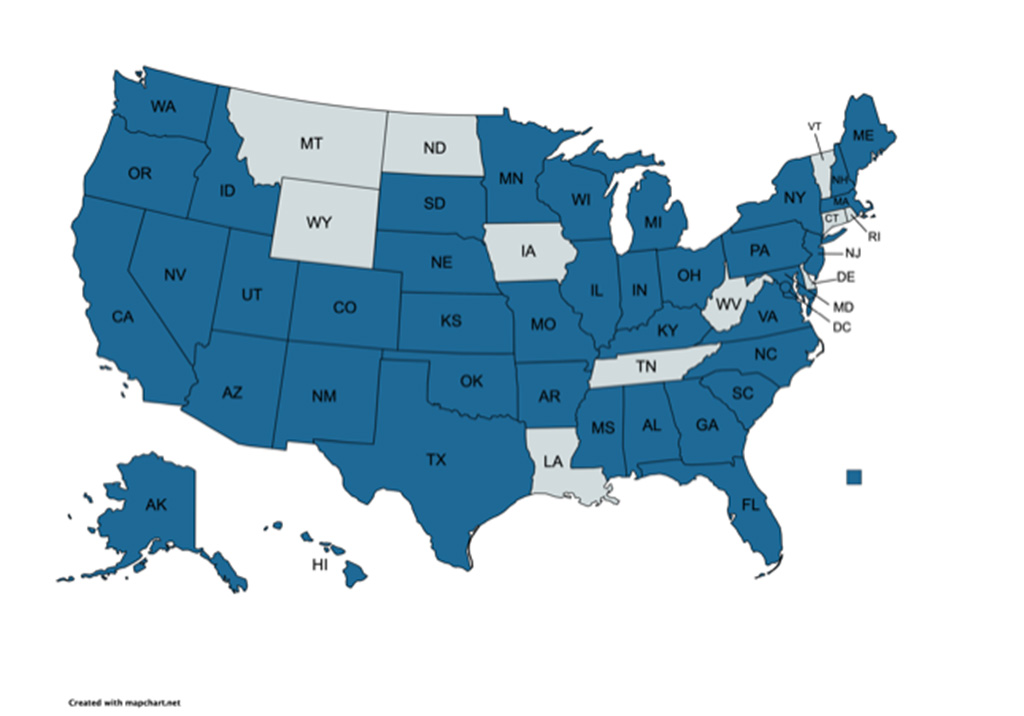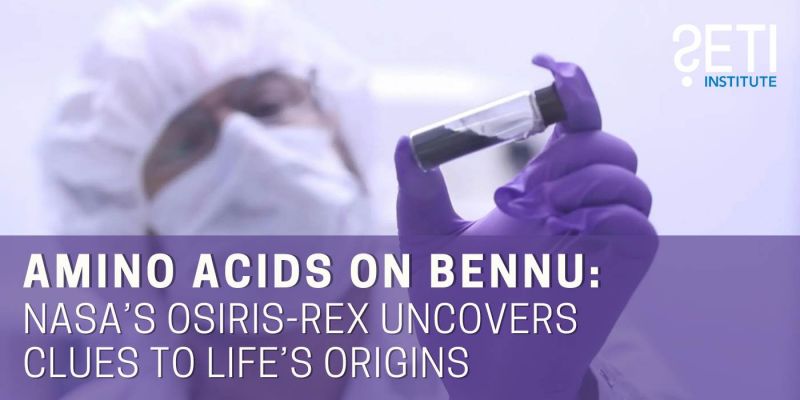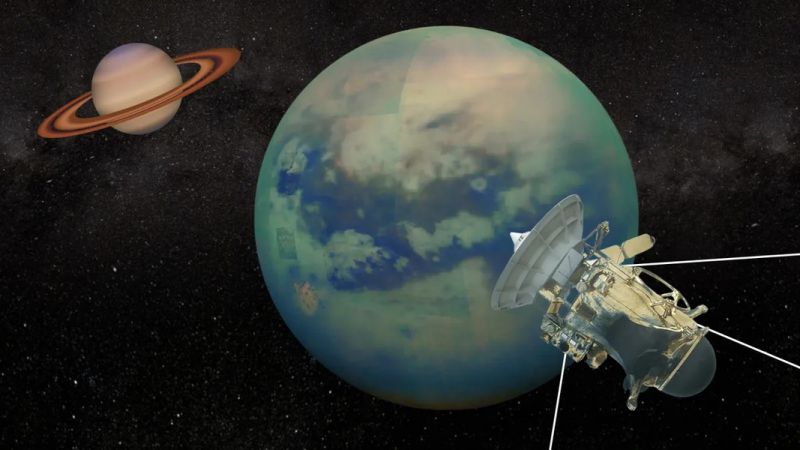
The SETI Institute has a rich and deep history of delivering quality educator professional development. The Astronomy Activation Ambassadors (AAA) program has capitalized on access to NASA astronomy research facilities to provide NASA content, teaching skills training, and STEM immersion to more than 250 educators across the country over 12 years.
AAA Program History
During 1991-95, the SETI Institute managed the Flight Opportunities for Science Teacher EnRichment (FOSTER) teacher professional development program focused on flights onboard NASA’s Kuiper Airborne Observatory (KAO). That successful program led Edna DeVore, then the SETI Institute’s Director of Education, and the late Michael Bennett, then Executive Director of the Astronomical Society of the Pacific, to produce the Education and Public Outreach (EPO) plan for NASA’s Stratospheric Observatory for Infrared Astronomy (SOFIA) in 1996 as part of USRA’s winning proposal to create and manage the observatory. That SOFIA EPO plan, included in the University Space Research Association (USRA) winning proposal to develop and manage the observatory, featured a teacher professional development (PD) program focused on infrared astronomy. That program, designated the SOFIA Airborne Astronomy Ambassadors (AAA), included a STEM immersion experience with SOFIA staff and the observatory, plus subsequent education and outreach commitments.

In 2011, the team conducted a pilot test of the program with the first six AAA educators. As a result of their formative evaluation input, the following four annual cycles of AAA teachers experienced PD consisting of a science content webinar series followed by a week at NASA Armstrong’s airborne science facility in Palmdale, Calif. Those STEM immersion weeks included two science flights onboard SOFIA, witnessing the process of scientific research up-close as the AAA educators engaged with SOFIA staff scientists and engineers.
The SOFIA AAA program successfully trained educator Ambassadors to become knowledgeable about infrared astronomy and the NASA SOFIA mission. These ambassadors conveyed NASA science content and the value of scientific research to the public and students and trained other educators. Based on their AAA professional development experiences, the 104 educators from the 2011-16 cohorts have reached an estimated 12,000 students and 20,000 members of the public nationwide with NASA science content.
“Participating in AAA changed the trajectory of my life, professionally and personally,” said Kathleen Fredette, a 2011 AAA from California. “Because of my AAA experience, I eventually took a full-time STEAM administrator position in a charter school network, developing & leading aerospace projects. The ripple effect continues, with more than 1,500 students immersed in introductory aeronautics, 2,500 delving into microgravity experiments, and nine student-authored experiments conducted on the ISS. In my leadership role, I’m now encouraging other teachers to apply to NASA PD programs.”

NASA brought the era of mission-embedded EPO programs to a close in 2015 and issued a Cooperative Agreement Notice (CAN) that launched the Science Mission Directorate’s Science Activation collective in 2016. The SETI Institute's Pamela Harman, Coral Clark, and Dana Backman secured funding to implement a NASA Airborne Astronomy Ambassadors program designed similarly to the successful AAA component of SOFIA EPO. (The term “Ambassador” in the program title is a remnant of the program’s original format with a substantial public outreach component.) The proposed program focused on infrared astronomy and access to NASA subject matter experts (SMEs) and SOFIA facilities. Initially, only high school teachers were eligible to participate. Middle school and community college instructors have been included since 2021.
NASA’s award to the SETI Institute required a plan focused on standards-based student STEM learning and engagement promoted by teacher PD. The first teachers who participated in the newly designed AAA program were selected in 2016 and subjected by WestEd evaluators to a Randomized Controlled Trial (RCT) during the 2017-28 academic year. The RCT tested the impacts of the AAA program, including teacher STEM immersion experiences, on student STEM learning and engagement. The results of the controlled trial strongly confirmed AAA program efficacy in that students whose teachers had been through AAA professional development performed significantly better on content learning post-assessment and had more positive attitudes regarding STEM than did students in the control group.
As a result of NASA’s decision to end SOFIA operations, AAA STEM experiences on board SOFIA concluded in September 2022. In October 2022, a field test for new STEM experiences was conducted on Maunakea and at science PD sites on the Big Island of Hawai`i. The AAA program name changed to Astronomy Activation Ambassadors to reflect the new ground-based astronomy orientation.

AAA teachers and Institute staff facilitators during the 2022 pilot STEM immersion experiences at Maunakea observatory facilities. (From left: NASA Infrared Telescope Facility, James Clerk Maxwell Telescope, Gemini-North) (NASA / SETI Institute)
“Seeing the observatories and telescopes in person made me realize how much teamwork is involved, said Georgia high school teacher Mary Teren. “The scientists, engineers, and many others must work together to achieve a common goal, the pursuit of knowledge and understanding of our Universe.”
AAA staff and WestEd evaluations of the October 2022 Hawai`i STEM immersion pilot test strongly confirmed that refocusing the AAA program teacher STEM immersion to ground-based observatories and astronomy facilities can continue to offer professional development experiences that are well-aligned with SciAct goals
AAA EMS/MWA Curriculum
A central component of the NASA AAA program is a SETI Institute staff-developed curriculum module supported by in-person curriculum training workshops and curricular materials. The curriculum, originally focused on infrared astronomy, is now designated EMS/MWA. MWA stands for Multi-wavelength Astronomy, a more accurate description of the content in its latest form.
The AAA EMS/MWA curriculum contains ten classroom hours of lessons that compare and contrast visible light with invisible light, hands-on exercises regarding light filters, models of color vision, detection and transmission of IR light, use of images and spectra at many wavelengths to understand celestial objects, and case studies of professional astronomy research projects. The curriculum is Next Generation Science Standards (NGSS) aligned, containing physics and astronomy content (Disciplinary Core Ideas/DCIs) while interleaving the other two NGSS dimensions of Science and Engineering Practices (SEPs) and Crosscutting Concepts (CCCs). The curriculum complements and reinforces PD astronomy content webinars and teacher STEM immersion experiences. All program components aim to improve STEM teaching and enhance student learning and engagement.

“The AAA experience has completely changed how I teach the EM spectrum, and my students are directly and positively impacted by the hands-on learning in the AAA curriculum,” said middle school teacher Teresa Cobble, a 2022 AAA from Georgia.
The curriculum module, once a program participant benefit only, has been made publicly available on the SETI Institute website at:
NASA SMD education resources referencing the AAA curriculum:
https://science.nasa.gov/learn/resources
https://www.nasa.gov/stem-content/join-the-nasa-connects-community/
Program Impact: The estimated reach of the NASA AAA program from 2016 through 2023 is:

- 215 teachers
- 95 schools & colleges
- 22,000 students
Happy Reunion
With a welcome and purely voluntary effort, SETI Institute and AAA staff member Coral Clark, along with former SOFIA news officer Nick Veronico, organized a reunion of AAA participants and former SOFIA staff members in June 2024. The event took place at the Pima Air and Space Museum in Tucson, where the SOFIA aircraft now berths. More than 200 people, including family and friends, attended in the blazing Arizona summer sun.

Looking Forward
The AAA program has transitioned to a three-strand Astronomy Academy PD program with varying levels of extent and intensity available to as many as 200 teachers per year. Participants will draw upon NASA Science Activation resources to enhance their teaching and share their excitement for astronomy. AAA program staff are excited and energized by the increase in the number of educators engaged in NASA science and with NASA SMEs.
The three teacher PD strands that comprise the Astronomy Academy are:
- Virtual Academy webinars regarding NASA science content and resources
- Curriculum workshops enabling classroom use of the EMS/MWA curriculum
- STEM immersion experiences, including guided visits to working observatories.
In the past, teachers were trained to teach the EMS/MWA curriculum module through 1-day in-person hands-on workshops, reaching about 25 teachers per year. The curriculum’s reach can now be expanded by offering a shorter virtual version of the training workshop alongside the in-person version and by including many more teachers beyond those participating in STEM immersion experiences at observatories.





